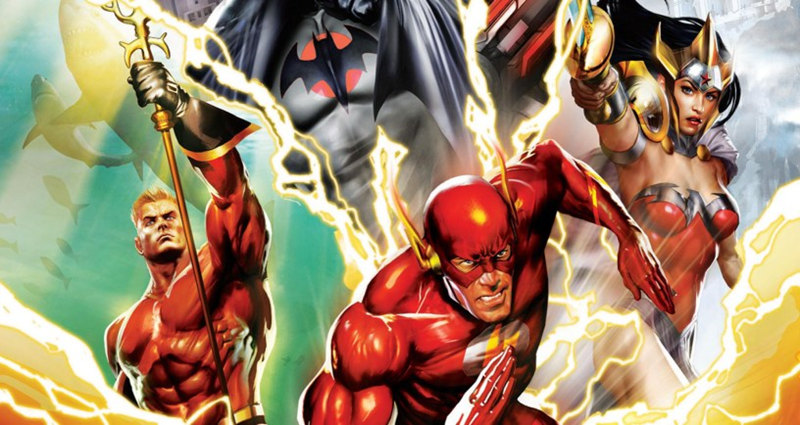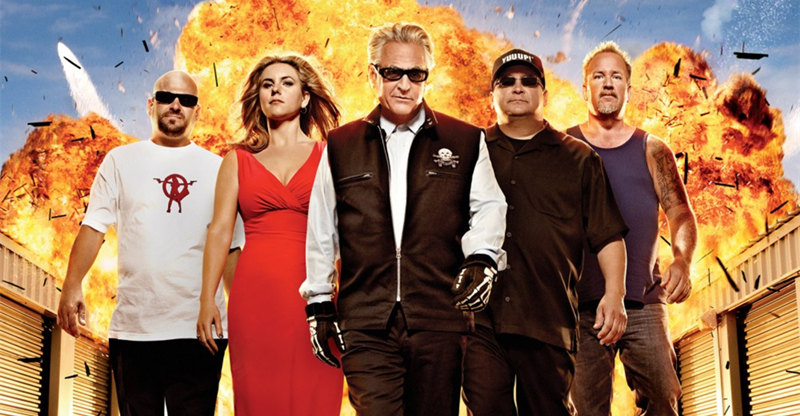When there’s a smile in your heart
There’s no better time to start
It’s a very simple plan
You can do what the birdies can
At least it’s worth a try
You can fly! You can fly!
You can fly! You can fly!
“Peter Pan” was one of Walt Disney’s favorite stories—so much so that he wanted to make it his second animated feature, immediately following “Snow White and the Seven Dwarfs” (1937). But everything from WWII to stalled negotiations with the copyright holder got in the way, and it wasn’t created and released in theaters until February 1953.
You can tell that it remained one of Disney’s favorites until his death in 1966, because he incorporated that uplifting lyric from “You Can Fly!” into his Disney park and television show musical themes. It’s yet another metaphor for the Disney philosophy of dreaming big and spreading your wings, celebrating the imagination, and trying to retain or recapture the sense of childhood magic that makes the world seem so incredible.
That’s the message of Disney’s 14th animated feature—not the more negative association with the character Peter Pan identified by psychologists as a syndrome, used to describe a person’s resistance to growing up. Peter Pan in Disney’s animated feature is more a symbol more than he is flesh and blood, and, as the dissipating pirate-shaped clouds at the end suggest, perhaps only a powerful figment of a child’s imagination.
But what a figment! Peter Pan and his nemesis, Captain Hook—and Hook’s nemesis, that ticking crocodile with an appetite for one particular pirate—come so richly alive in Disney’s film that these are the characters and this is the plot that most people think of when they think of Peter Pan . . . not J.M. Barrie’s Victorian-era “fairy play” titled Peter Pan, or The Boy Who Wouldn’t Grow Up, which has Pan kidnapping young Wendy because the Lost Boys in Neverland need a mother. Disney thought that angle too extreme, and his animated adventure begins with Pan returning to the nursery shared by Wendy and her brothers to reclaim his shadow, which Wendy had found.
Peter Pan is voiced by young Bobby Driscoll, who, seven years earlier, played the youth in a live-action animated film that’s still buried in the vault because Disney is fearful that “Song of the South”—with its Uncle Remus character and his Br’er Rabbit and Br’er Fox tales—is too racist to be appreciated by the viewing public. I wish Disney would give it a chance, though, because it is possible to overlook cringe-worthy elements of racism in creative works that reflect a certain time period in America, and not just lock them away and forget they were ever made.
Case in point: “Peter Pan.”
Anyone sensitive to ethnic stereotypes will experience a certain amount of discomfort during scenes that are set in the Indian village in Neverland, with the Chief and his braves tossing off more than a few “ughs” and seemingly unable to make it through a sentence without saying “um” at the end of at least one word (“Squaw get-um firewood!”) or spouting Hollywood clichés (“For many moons, red man fight paleface Lost Boys”). But hey, “Peter Pan” is still a magical adventure, and it almost hurts to think of what would be lost if Disney took the same attitude about this title as it has with “Song of the South.” We wouldn’t have one of Disney’s most delicious villains, Captain Hook (voiced by Hans Conried)—or Pan, or Tinker Bell, Peter’s fairy companion.
The animation is superb, and the storyline effectively episodic. It’s like watching an old-time serial but with all the episodes edited together into a single film, as we see Peter sprinkling fairy dust on the teenage Wendy (Kathryn Beaumont) and her brothers John (Paul Collins) and Michael (Tommy Luske) and flying off to Neverland adventures with mermaids, pirates, Lost Boys, and Indians. Years later it’s still a treasure, because of Disney and his artists’ talent for creating memorable characters. And watching them in HD for the first time is a real delight.
Video:
This is the Diamond Edition, with a Blu-ray, DVD, and Digital Copy included on three discs (1 Blu-ray, 2 DVDs). I thought “Cinderella” looked fabulous, but after a handful of self-proclaimed videophiles complained about there being not enough grain in that Blu-ray release, Disney opted for slightly more grain with this release. The level of detail and the brilliant colors are amazing, and as with “Cinderella” you find yourself rediscovering the film now that it’s in High Definition. The only sequence that’s dull and disappointing is one in which Peter is momentarily trapped underground following an explosion. The picture is murky, the edges not clearly defined. But other than that, “Peter Pan” is a visual marvel for a catalog title this old.
“Peter Pan” is presented in the original 1.33:1 aspect ratio, and as always there’s a DisneyView option where you can watch with hand-painted borders on either side, to fill out today’s widescreen TVs. It’s a great idea, but with this particular release they went overboard. There are far too many border designs and they switch with too much regularity (and rapidity). During the song sequence “You Can Fly!” for example, I stopped counting at 13 quick-change borders. It’s really distracting, when it should have been complementary. I hope that Disney in the future cuts back on the number of borders and quick cuts and, instead of competing with the cuts in the film, gives us borders that can function like the red velvet curtains in a movie theater.
Audio:
The featured audio, surprisingly, is an English DTS-HD MA 7.1 that involves all the speakers as much as possible. Additional options are the original Dolby Digital Mono (for purists) and French and Spanish Dolby Digital 5.1 tracks, with subtitles in English, English SDH, French, and Spanish.
As with the video presentation, the audio is stellar. Dialogue is clear, and the effects and speech and music are nicely balanced. Though the mono was unimpressive, I really liked the 7.1 soundtrack, which, unlike the borders, actually enhanced the viewing experience. Bass was just enough to give presence to Hook’s bellowing, and the treble perfectly captured the subtler sounds—like the sprinkling of fairy dust, or Tinker Bell’s flight.
Extras:
As with earlier releases this year, Diane Disney-Miller, Walt’s daughter, offers a brief introduction to the film, while the commentary is left to Roy Disney, ported over from the previous DVD release. His scripted remarks are intercut with interview segments from others involved with the film—including voice talents and animators.
My favorite feature was “Growing up with Nine Old Men,” a 40-minute HD extra in which the animators’ offspring share stories about what it was like with their fathers, both professionally and personally.
Fans of “vault” material will go for 15 minutes of deleted songs and scenes, presented in HD. Two scenes and two songs are brought to life via rough storyboards. Then there are Classic DVD Bonus Features ported over from the DVD: 65 minutes of features and 17 minutes of deleted songs and music videos.
As for extra features, there’s a sing-along track that you can use to by-pass narrative material to get to the next song, and a Disney Intermission function that gives little ones a chance to take a break for “pirate training.”
Bottom line:
“Peter Pan” was the last film to feature all of Disney’s “nine old men” working on the project, and the last to be released by RKO Pictures. A year later Disney would found Buena Vista Distribution, and, beginning with “Lady and the Tramp” would distribute his own films. But all of this is secondary to the beloved characters that the film generated: Peter Pan, Captain Hook, and Tinker Bell.


